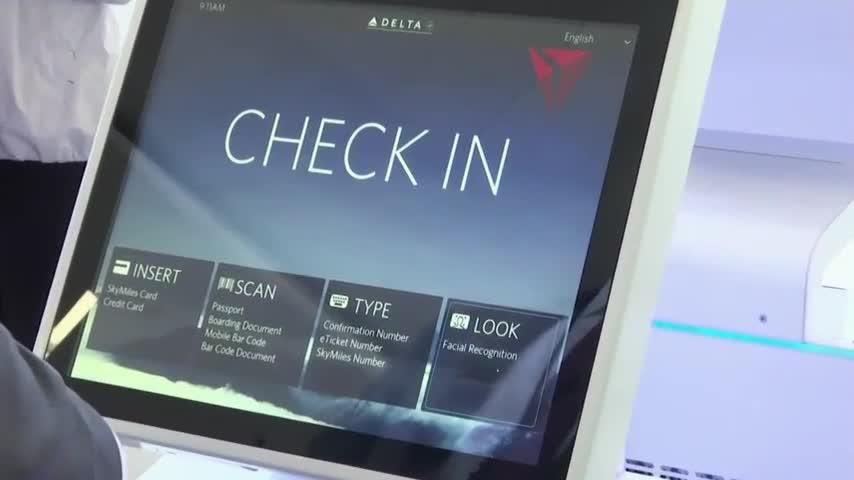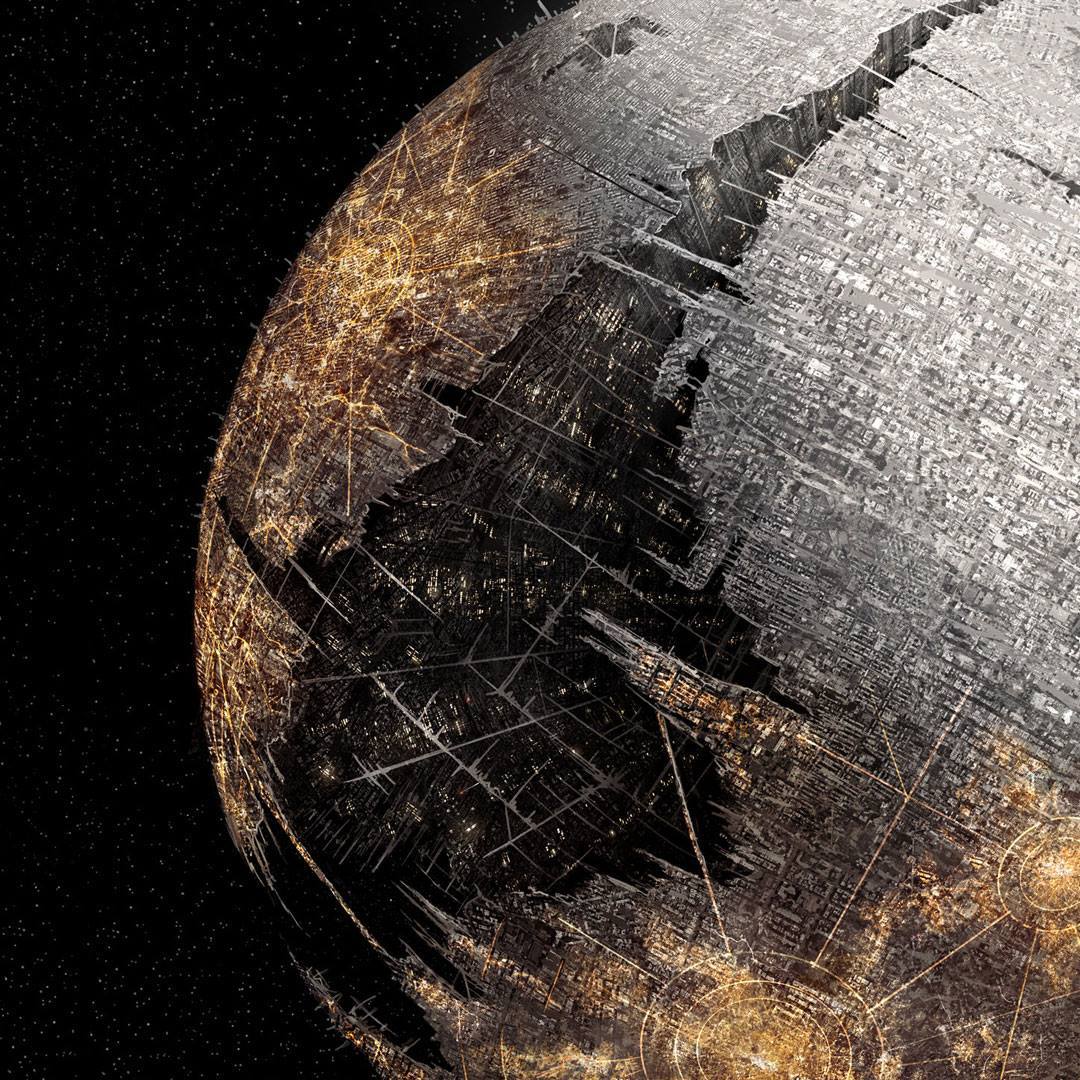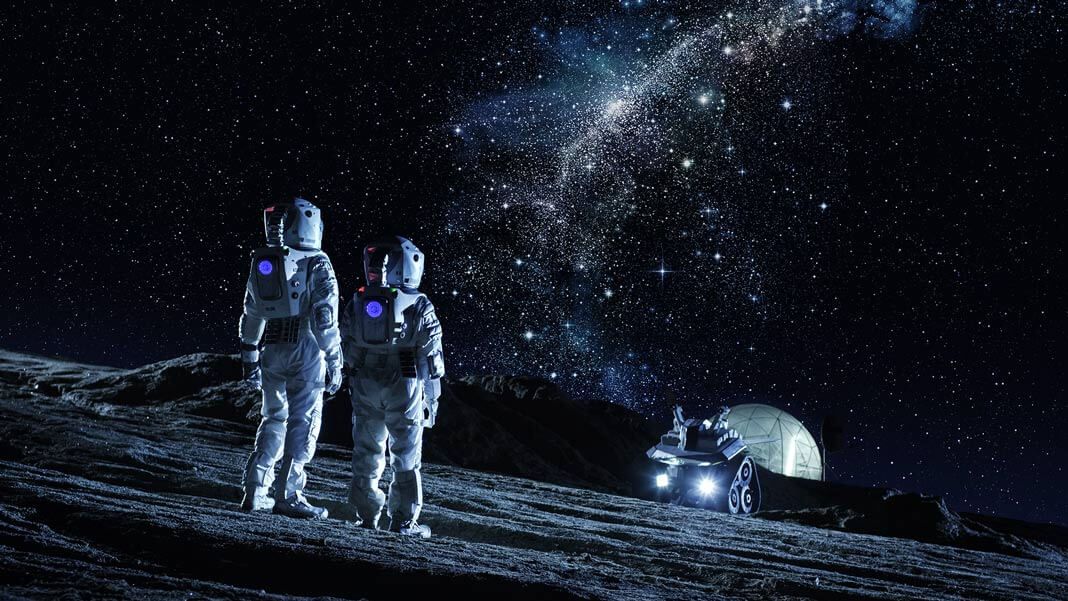Page 9262
Nov 30, 2018
Keyboard for your knuckles lets you type using only your fingers and thumb
Posted by Shailesh Prasad in categories: mobile phones, wearables
Nov 30, 2018
The senescent cell epigenome
Posted by Manuel Canovas Lechuga in category: life extension
Yang N, Sen P,. The senescent cell epigenome. Aging (Albany NY). 2018; 10:3590–3609. https://doi.org/10.18632/aging.
Copy or Download citation:
Select the format you require from the list below.
Nov 30, 2018
Delta says USA’s ‘first biometric terminal’ is ready to go at Atlanta airport
Posted by Shailesh Prasad in categories: privacy, robotics/AI, transportation
Delta says the Atlanta airport’s Terminal F has become the “first biometric terminal” in the United States where passengers can use facial recognition technology “from curb to gate.”
He Jiankui shocked the world by claiming he had created the world’s first genetically edited children.
Nov 30, 2018
How One Researcher Is Using VR to Help Our Eyes Adapt to Seeing in Space
Posted by Shailesh Prasad in categories: space travel, virtual reality
It’s not like moon-walking astronauts don’t already have plenty of hazards to deal with. There’s less gravity, extreme temperatures, radiation—and the whole place is aggressively dusty. If that weren’t enough, it also turns out that the visual-sensory cues we use to perceive depth and distance don’t work as expected—on the moon, human eyeballs can turn into scam artists.
During the Apollo missions, it was a well-documented phenomenon that astronauts routinely underestimated the size of craters, the slopes of hilltops, and the distance to certain objects. Objects appeared much closer than they were, which created headaches for mission control. Astronauts sometimes overexerted themselves and depleted oxygen supplies in trying to reach objects that were further than expected.
This phenomenon has also become a topic of study for researchers trying to explain why human vision functions differently in space, why so many visual errors occurred, and what, if anything, we can do to prepare the next generation of space travelers.
Nov 30, 2018
A ‘party drug’ with potential to be the next blockbuster antidepressant is edging closer to the mainstream, but it could set you back $9,000
Posted by Shailesh Prasad in categories: media & arts, neuroscience
- Once dismissed as a “party drug,” ketamine is emerging as a potential alternative treatment for depression.
- A growing list of academic medical centers now offer the drug, including Columbia University, which began offering ketamine to patients with severe depression this fall.
- Ketamine works differently from common antidepressants like Celexa or Prozac and has been called “the most important discovery in half a century.”
- Pharmaceutical companies, including Allergan and Johnson & Johnson, are also working on developing blockbuster antidepressants inspired by ketamine.
Ketamine, a drug once associated with raucous parties, bright lights, and loud music, is increasingly being embraced as an alternative depression treatment for the millions of patients who don’t get better after trying traditional medications.
The latest provider of the treatment is Columbia University, one of the nation’s largest academic medical centers.
Nov 30, 2018
Life on Earth Could Have Started Thanks to a Simple Ingredient We Use Every Day
Posted by Shailesh Prasad in categories: chemistry, energy
If classic monster movies and old science experiments are to be believed, life begins with a spark.
Not everybody is convinced by this kind of origin story, so the search continues for sources of energy capable of transforming a prebiotic soup into a life-generating dish. Maybe the secret ingredient isn’t anything more shocking than a pinch of salt.
A new study led by researchers from the Earth-Life Science Institute (ELSI) at Tokyo Institute of Technology in Japan has turned their attention to common old sodium chloride as a potential conduit for the chemical energy required for early biochemistry.
Continue reading “Life on Earth Could Have Started Thanks to a Simple Ingredient We Use Every Day” »
Nov 30, 2018
NASA Will Announce Its 1st Commercial Partners for the Return to the Moon Thursday
Posted by Shailesh Prasad in category: space travel
NASA has chosen a set of companies to partner on moon exploration, and the winners will be announced tomorrow (Nov. 29).

















